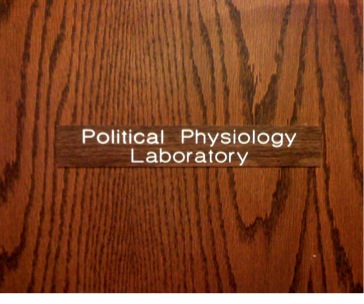Chris Mooney
Mother Jones
April 4, 2014

Tories were the British conservatives of Jefferson’s day, and Whigs were the British liberals. What Jefferson was saying, then, was that whether you call yourself a Whig or a Tory has as much to do with your psychology or disposition as it has to do with your ideas. At the same time, Jefferson was also suggesting that there’s something pretty fundamental and basic about Whigs (liberals) and Tories (conservatives), such that the two basic political factions seem to appear again and again in the world, and have for “all time.”
Jefferson didn’t have access to today’s scientific machinery—eye tracker devices, skin conductance sensors, and so on. Yet these very technologies are now being used to reaffirm his insight. At the center of the research are many scholars working at the intersection of psychology, biology, and politics, but one leader in the field is John Hibbing, a political scientist at the University of Nebraska-Lincoln whose “Political Physiology Laboratory” has been producing some pretty stunning results.
The Emergency Election Sale is now live! Get 30% to 60% off our most popular products today!


